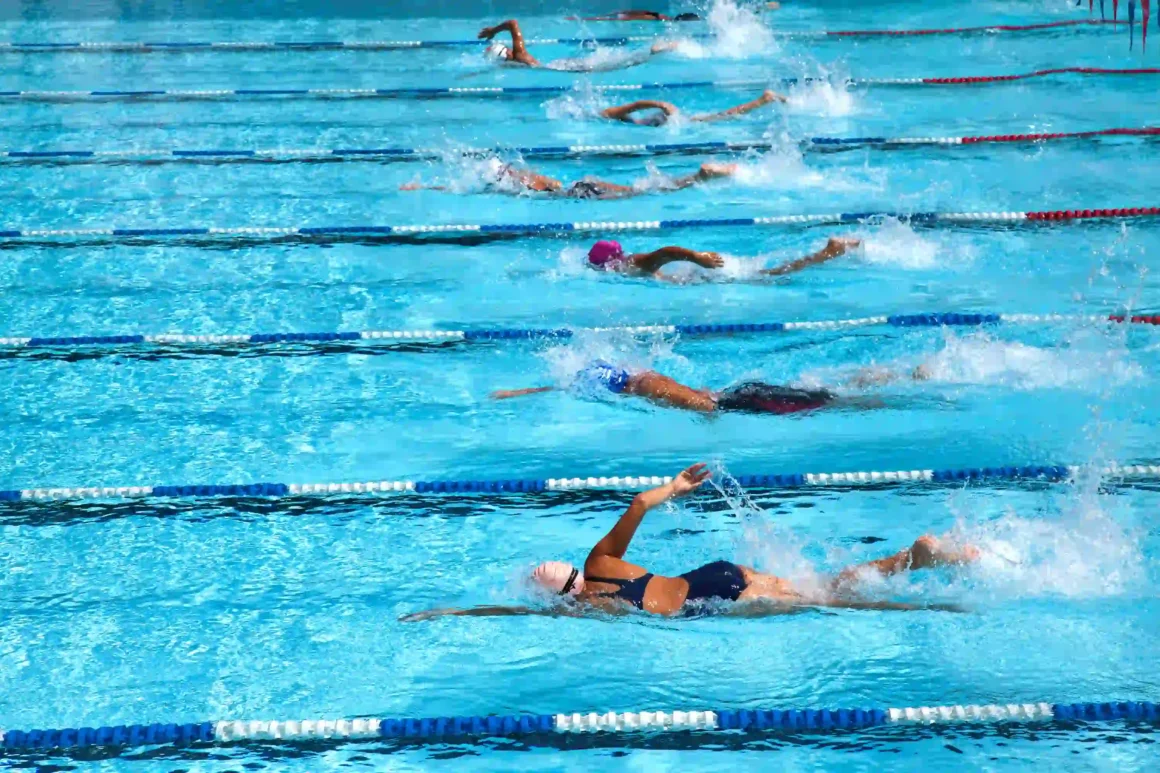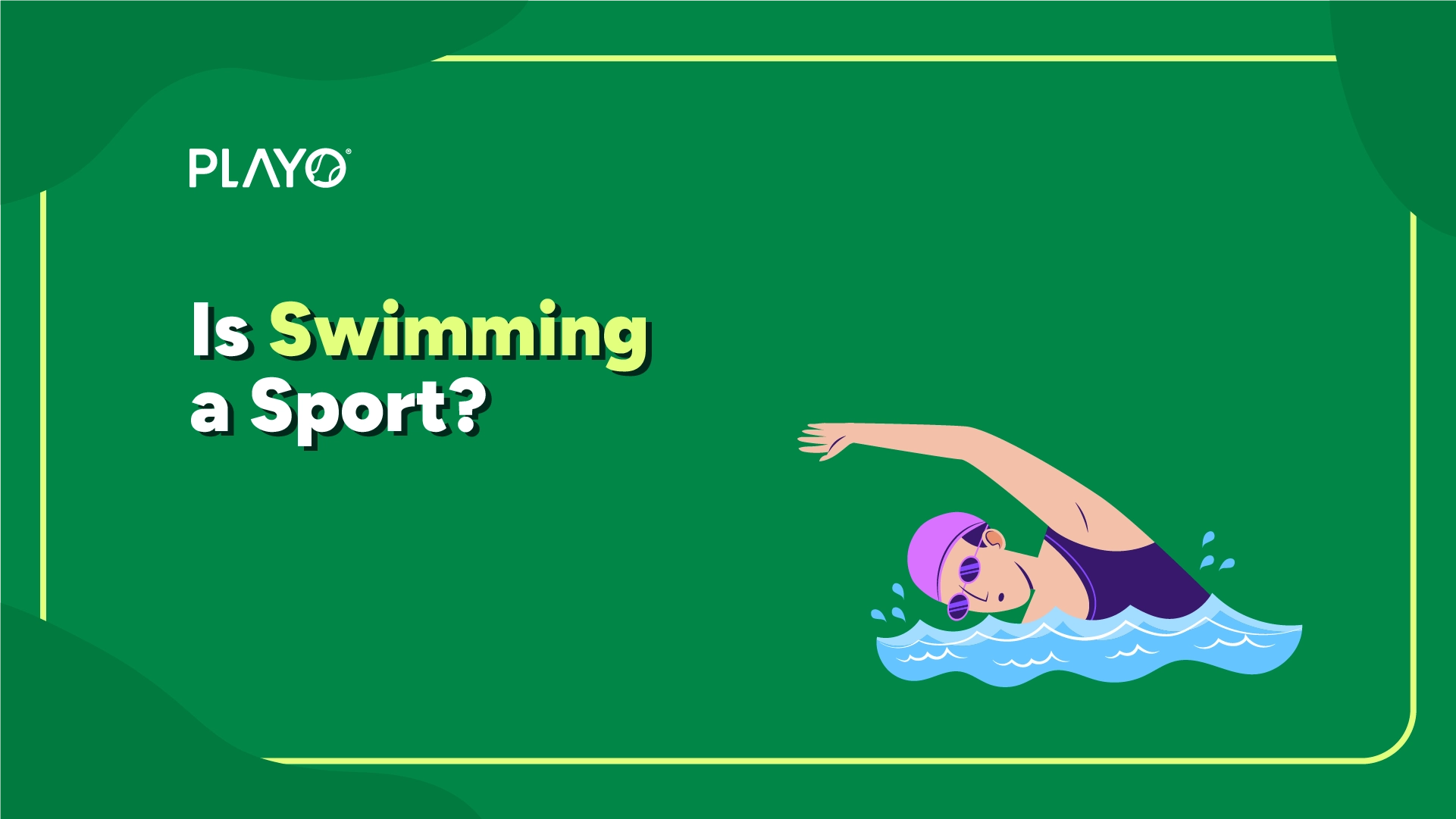Yes, swimming is absolutely a sport. In fact, it’s one of the oldest and most respected competitive disciplines in the world, featured in every modern Olympic Games since 1896. Governed internationally by FINA (now World Aquatics), swimming demands elite levels of technique, endurance, strength, and mental focus. From local swim meets to world championships, athletes train rigorously to shave seconds off their times, perfect their strokes, and compete at the highest levels.
But beyond its official status, swimming often sparks debate. Is it just a recreational activity? A fitness routine? Or something more? Let’s dive deeper into what truly defines swimming and why it stands out as one of the most unique and challenging sports on the planet.
What Defines a Sport?
A sport is generally defined as a physical activity that involves structured competition, governed by rules, requiring skill, strategy, and consistent training. It often includes measurable performance outcomes, like time, distance, or points, and is practised both recreationally and professionally.
Swimming fulfils all the benchmarks of a sport. It’s not merely a set of motions in the water. Whether racing against the clock or against other competitors, swimmers train for years to master intricate stroke techniques, turn efficiencies, and race strategies. Through legal regulations established by governing bodies, swimming events ensure fairness, competitiveness, and safety, further emphasising why swimming is a sport in every sense of the term.
Read More: Pre and Post Exercises Before And After Swimming
Is Swimming a Team Sport?

This is where things get interesting. At first glance, swimming appears purely individual, as each athlete races alone in their lane, focused on their own time. But swimming is also a team sport, especially in organised competition.
In dual meets, championship events, and even the Olympics, teams earn points based on individual swimmers’ placements. A strong performance by one athlete contributes directly to the team’s overall standing. More visibly, relay races like the 4×100 freestyle require seamless coordination, trust, and split-second timing between four teammates. A single misstep in the handoff can cost the race.
So, is swimming a team sport? Yes, in the right context. It’s a hybrid, executed individually but deeply collaborative in spirit and structure.
| Aspect | Individual Sport | Team Sport |
| Event Type | Solo races | Relays, team meets |
| Focus | Personal achievement | Collective score, timing, support |
| Training | Self-improvement, technique | Camaraderie, shared goals |
| Scoring | Fastest personal time | Combined team points/relay times |
Is Swimming a Hard Sport? The Physical and Mental Challenges
Many underestimate how challenging swimming can be. Competitive swimmers face unique physical and mental demands that far surpass casual exercise.
Four Key Challenges in Swimming
- Breathing Restrictions: Unlike land sports, swimmers cannot breathe freely and manage oxygen intake with every stroke; this elevates cardiovascular stress and tests endurance.
- Horizontal Body Position: Swimming horizontally affects proprioception (body awareness), heart rate, and visibility, making coordination more complex.
- Water Resistance: Water is about 800 times denser than air, requiring greater physical strength and energy to move quickly and efficiently.
- High Technical Complexity: Every stroke demands precise coordination between arms, legs, breathing, and body rotation.
Swimming uses more muscles than football or baseball, engaging nearly every major muscle group with every stroke. Combine that with the mental discipline to push through lactic acid buildup and race-day nerves, and thus, swimming is a hard sport.
Common Misconceptions: Swimming vs. Exercise
One of the biggest myths is that swimming is just a form of exercise or therapy. While it’s true that swimming offers incredible fitness benefits, it’s far beyond simple exercise.
Professional swimmers train rigorously for hours every day, perfecting their speed, turns, and technique. Their training often includes strength sessions, resistance work, and interval drills, similar to athletes in track or field sports.
Competitive swimming also has a ranking system, national championships, and world records. Swimmers compete under strict timing systems and officiating standards, reinforcing its identity as a formal sport rather than a leisure activity.
Beyond Competition: Why Swimming Is More Than a Sport
While competition is at its core, swimming offers much more than medals and records. It builds life skills that extend beyond the pool:
- Discipline: Regular training schedules teach consistency and focus.
- Teamwork: Relay races and shared practices foster collaboration and communication.
- Perseverance: Every lap builds endurance, not just physical, but mental.
- Safety and confidence: Learning to swim means gaining lifelong water safety skills.
Swimming nurtures a strong sense of community and personal growth. For children, it’s a gateway to self-confidence. For adults, it’s a lifelong fitness choice that enhances overall well-being.
So even beyond its competitive edge, swimming stands as a sport that shapes body, mind, and character.
Conclusion
Swimming is absolutely a sport, recognised worldwide for its technical skill, competitive spirit, and athletic demands. It is both a water sport and, depending on context, an individual and a team sport. Physical and mental challenges make swimming one of the hardest sports, while its broader impact cultivates invaluable life skills.
If you’re seeking a sport that combines fitness, competition, and community, swimming is the perfect choice.
Download Playo on Android or iOS, or visit playo.co to start playing!
Frequently Asked Questions
Swimming can be both. Recreational swimmers do it for fun or fitness, but competitive swimmers train and compete, making it a recognised sport.
It refers to focusing 80% on technique and 20% on effort. Perfecting form improves speed more efficiently than brute strength alone.
Yes, 30 minutes of moderate-to-intense swimming can significantly improve cardiovascular health, endurance, and muscle tone.
Absolutely. Swimming provides a full-body workout, improving strength, flexibility, and stamina while being gentle on joints.
It’s a pacing guideline, 25 meters of effort followed by 10 seconds of rest, helping improve aerobic capacity and rhythm control.
Breathing control, floating, kicking, arm movement, and body coordination form the foundation of swimming.
Freestyle, backstroke, breaststroke, and butterfly each require unique techniques and muscle coordination.





0 Comments